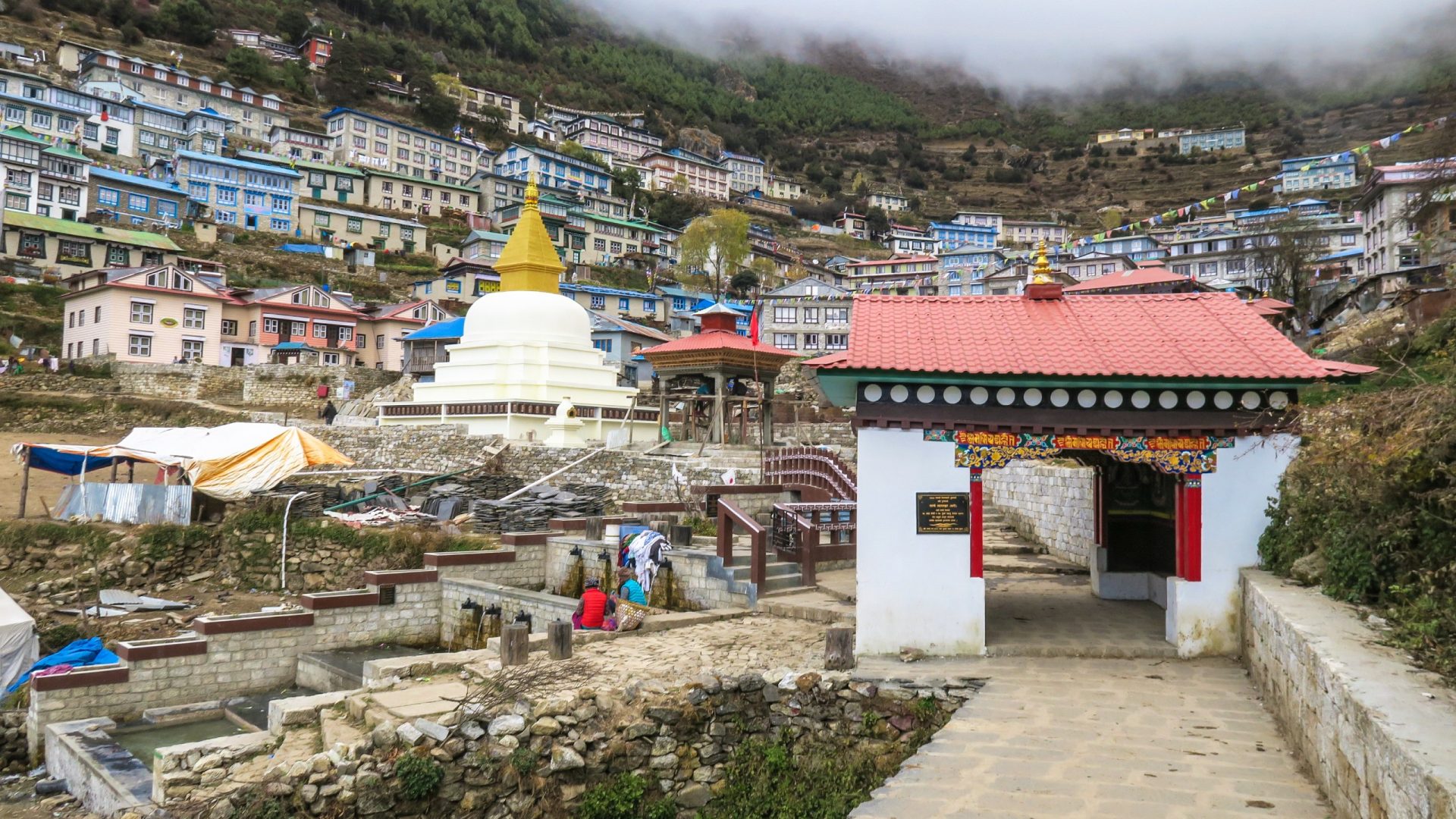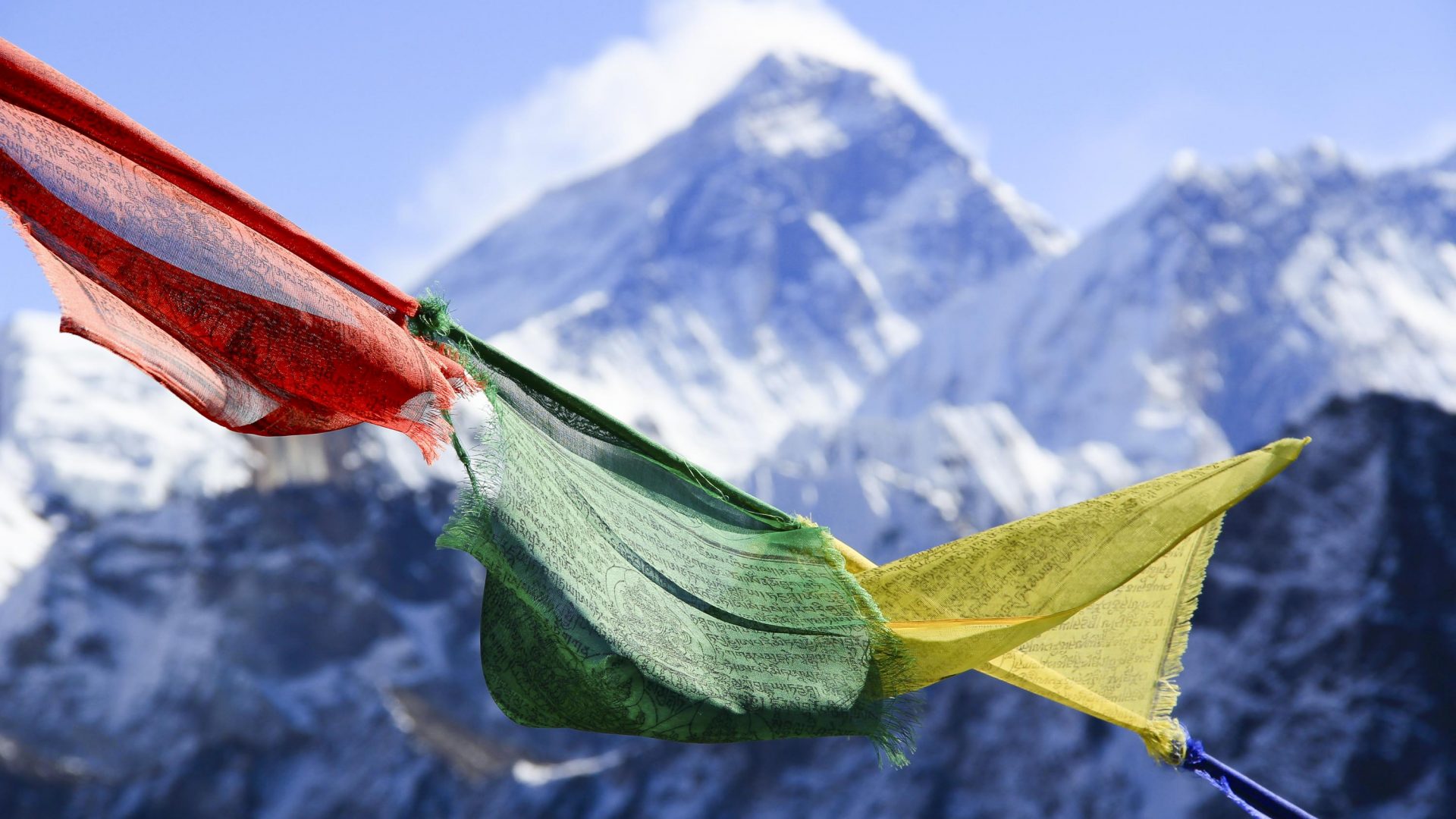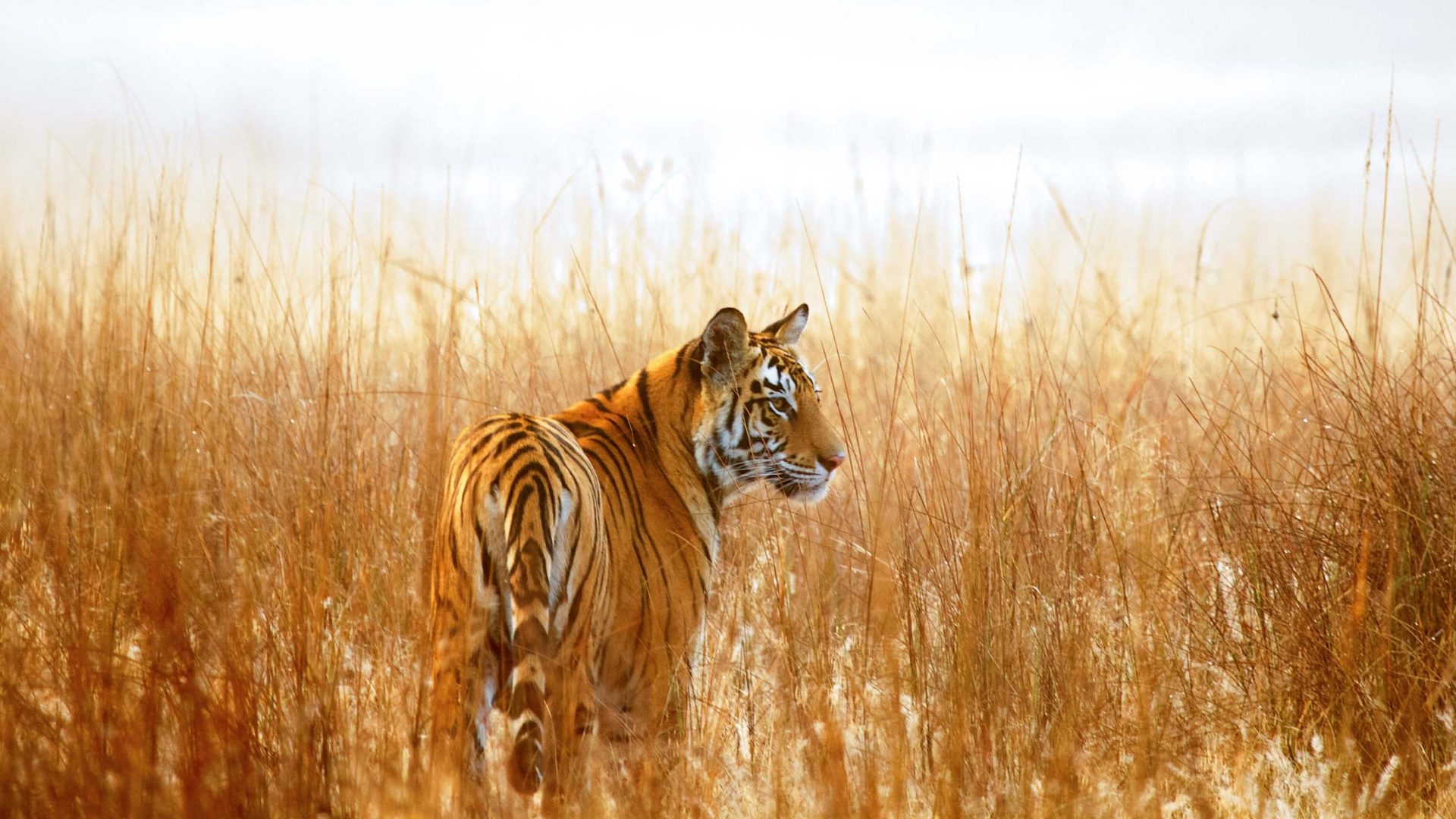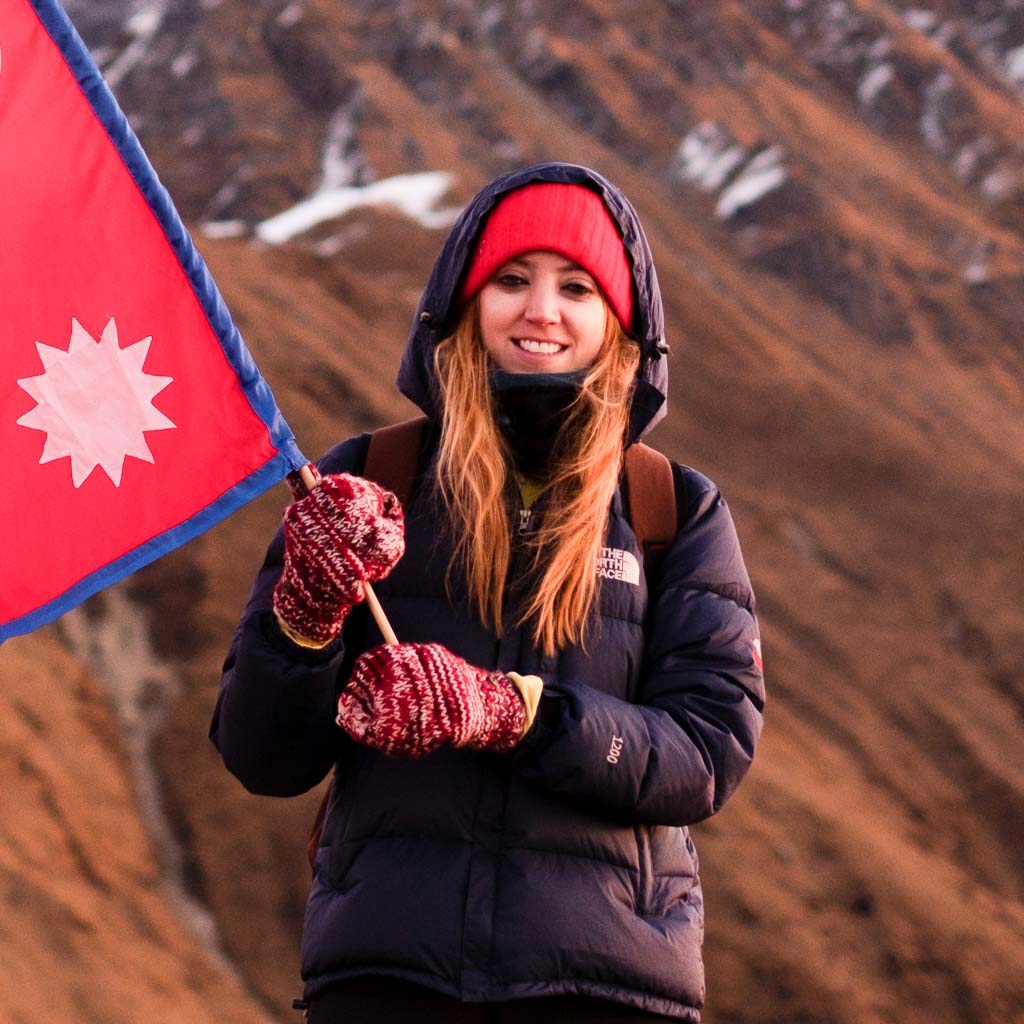Few communities have enjoyed the collective fame and individual obscurity of the Sherpas. This minority group, living across the high-Himalaya border between Tibet (China) and Nepal, has become famous for its many world-class mountain climbers.
The Sherpas first developed this reputation when in 1953, Tenzing Norgay summitted the world’s tallest mountain with his friend Edmund Hillary. He knew the mountain as Chomolangma, the abode of a capricious goddess, Miyolangsangma. The world knows the same mountain as Everest.
Since Norgay’s ascent, the Sherpas have used his fame and their remarkable abilities at high altitudes to develop a lucrative but heartbreakingly dangerous mountain climbing industry. They have transformed their community, creating wealth and opportunities unthinkable for their grandparents.
But the industry has also taken an enormous toll, with many lives lost and constant family separations. The Sherpas do all they can to keep their wealthy clientele as safe as possible on the mountain; often these clients become the story, rather than the Sherpas themselves.
Sherpa: Stories of Life and Death From the Forgotten Guardians of Everest, is an attempt to fix this injustice by focusing on the lives and deeds of multiple mountaineering Sherpas and their families. It follows a similar path to Jennifer Peedom’s excellent 2015 film, Sherpa, but traverses different timelines and geographical regions.















